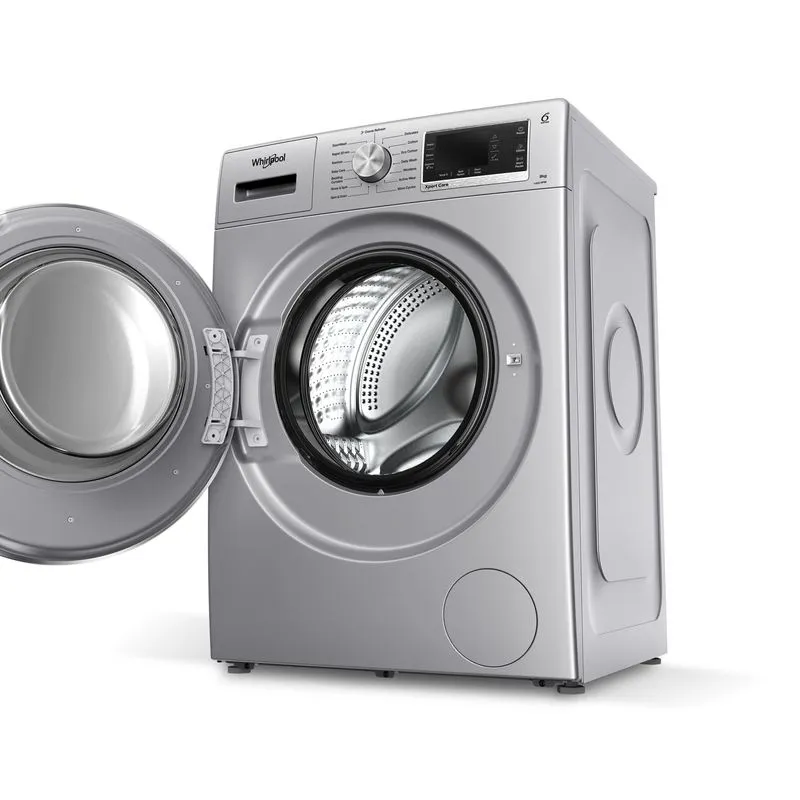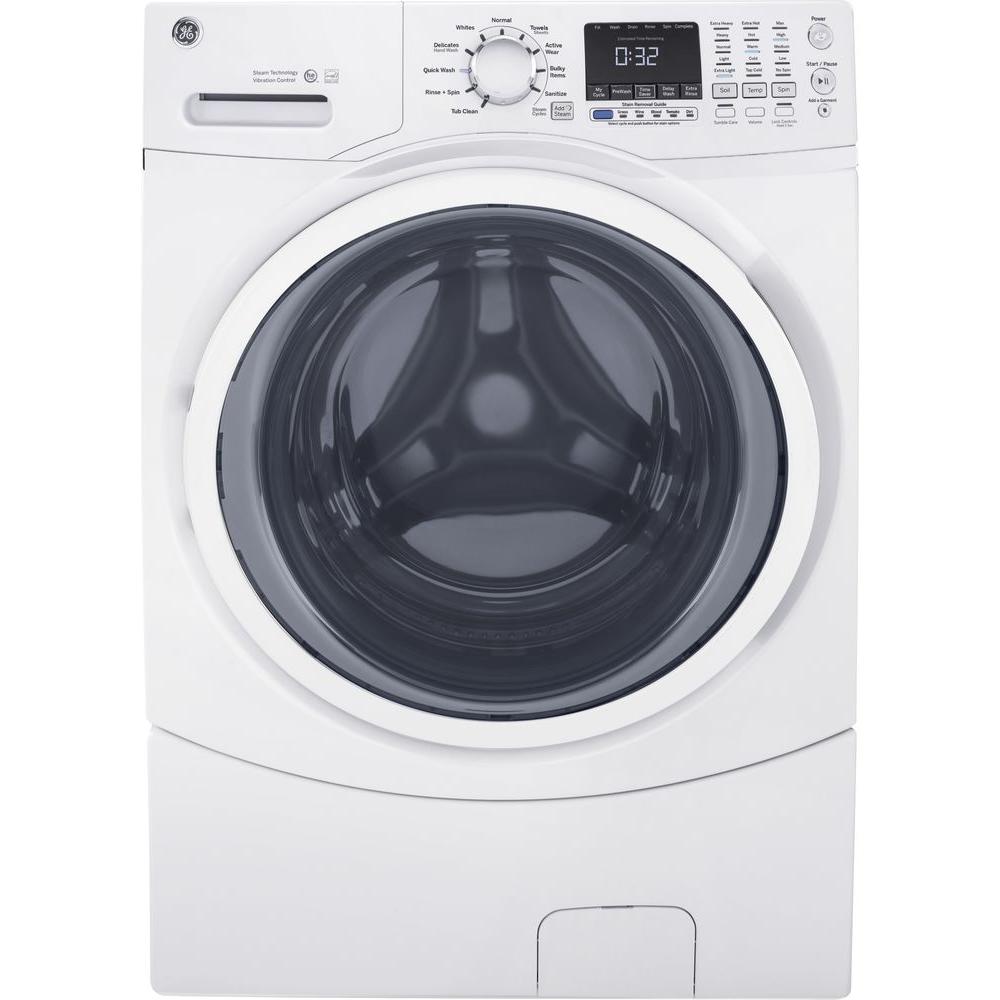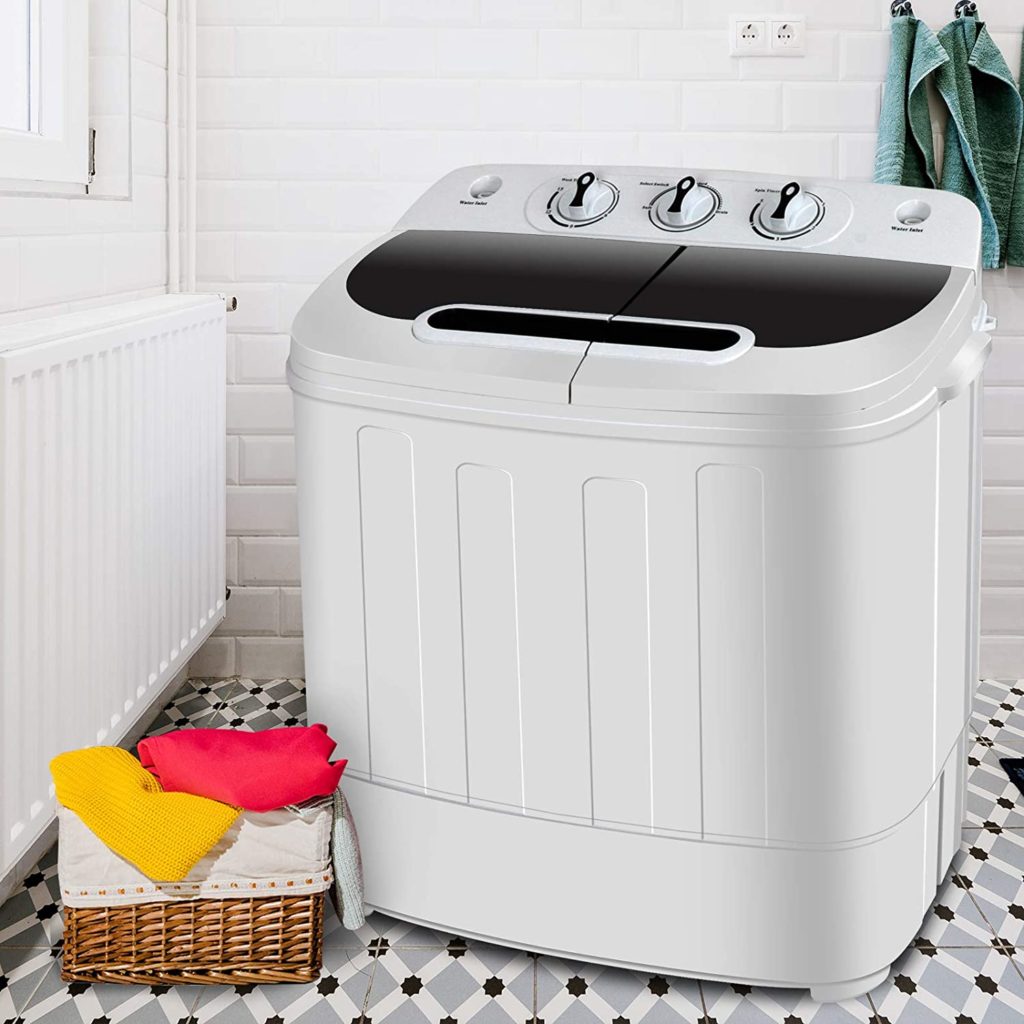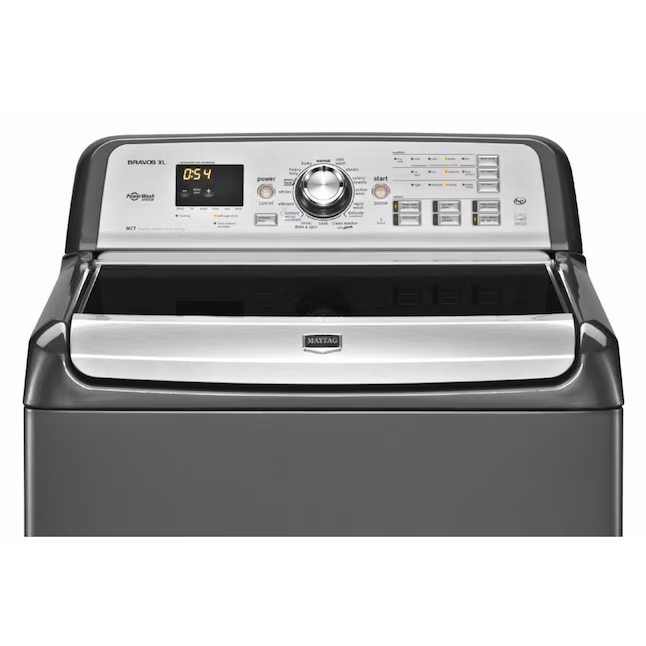How to Start a Washing Machine: A Comprehensive Guide
Washing machines have revolutionized the way we do laundry, making the process faster, easier, and more efficient. Whether you’re a seasoned user or a first-time washer, knowing how to start a washing machine is essential for maintaining clean clothes. In this guide, we will explore everything from understanding the different components of a washing machine to troubleshooting common issues. By the end of this article, you will have a comprehensive understanding of how to efficiently start a washing machine, making laundry day a breeze.
Understanding Your Washing Machine
Types of Washing Machines
Before jumping into the steps of starting a washing machine, it’s important to understand the different types of machines available. The two primary types are:
- Top-Loading Washing Machines: These machines have a lid on the top and allow you to load clothes from above. They are generally easier to load and unload but can consume more water compared to front-loaders.
- Front-Loading Washing Machines: These machines have a door on the front and are considered more water and energy-efficient. They tend to have a larger capacity and are gentler on clothes, but require more bending to load and unload.
Key Components of a Washing Machine
To effectively start your washing machine, familiarizing yourself with its components can be extremely helpful. Here are some of the critical parts:
- Control Panel: This is where you’ll select your washing cycle, water temperature, and other settings. Understanding how to navigate the control panel is crucial for starting your machine.
- Drum: The drum is where you load your clothes. It spins and moves water in and out during the washing and rinsing cycles.
- Detergent Dispenser: Most washing machines have a designated compartment for detergent. Some models also have separate compartments for fabric softener and bleach.
- Water Inlet Valve: This valve allows water to enter the machine, and it is essential for starting the wash cycle.
Preparing to Start the Washing Machine
Sort Your Laundry
Before starting your washing machine, it’s essential to sort your laundry. Mixing different fabrics and colors can lead to undesirable outcomes, such as color bleeding or fabric damage. Here are some tips for sorting:
- Color: Separate whites, darks, and colors to prevent color bleeding. If you’ve never washed a new item, it’s usually best to wash it alone the first time.
- Fabric Type: Different fabrics have different washing requirements. Group items with similar materials together to ensure they receive the same wash cycle.
- Soil Level: Heavily soiled items should be washed separately to ensure they are properly cleaned without soiling other clothes.
Choose the Right Detergent
Choosing the correct detergent is vital for optimal cleaning results. Here are some options:
- Powder vs. Liquid: Both forms are effective. Liquid is often better for treating stains, while powder is more effective for cold washes.
- HE Detergent: If you have a high-efficiency (HE) washing machine, make sure to use HE detergent, as it is designed to create fewer suds and prevent overflow.
- Fabric Softener: Though optional, fabric softener can make your clothes feel softer and add a pleasant scent.
Load the Washing Machine
Loading the washing machine correctly will ensure a successful wash cycle. Here are some guidelines:
- Do Not Overload: Overloading the drum can prevent clothes from moving freely, leading to uneven cleaning and potential damage to the machine. A rule of thumb is to fill the drum about three-quarters full.
- Distribute Evenly: Ensure that clothes are evenly distributed in the drum to maintain balance during the spin cycle.
- Laundry Bags: For delicate items, consider using a laundry bag to protect them during the wash.
Steps to Start the Washing Machine
Now that you’re prepared, it’s time to learn how to start a washing machine. Follow these steps to ensure a smooth laundry experience:
Step 1: Close the Door or Lid
Before starting any wash cycle, ensure that the door or lid of the washing machine is securely closed. Most machines will not operate if they detect that the lid or door is open, as a safety feature.
Step 2: Select the Appropriate Cycle
Navigate to the control panel and select the wash cycle that best fits your laundry load. Common cycle options include:
- Normal: Best suited for everyday laundry.
- Delicate: Ideal for soft fabrics that require gentler care.
- Heavy Duty: For heavily soiled or bulky items like towels and bedding.
- Quick Wash: A shorter cycle for lightly soiled items.
If your machine has an option for soil level or spin speed, adjust those settings as needed.
Step 3: Choose Water Temperature
Select the water temperature based on the fabric type:
- Cold Water: Best for dark colors and sensitive fabrics. It reduces energy consumption.
- Warm Water: Good for a mix of colors and fabrics, providing a balance between cleaning power and fabric care.
- Hot Water: Ideal for whites or heavily soiled items but may lead to shrinkage or fading for some fabrics.
Step 4: Add Detergent and Fabric Softener
Refer to the detergent dispenser and add the appropriate amount of detergent. Most machines have guidelines for how much detergent to use based on load size.
If you’re also using fabric softener, make sure to add it to the designated compartment. Never mix fabric softener with detergent in the same compartment.
Step 5: Start the Machine
After selecting the desired cycle, settings, and adding detergent, it’s time to start the machine. Usually, you just need to press the “Start” button on the control panel. Some machines might require you to pull a knob to initiate the cycle.
Step 6: Monitor the Wash Cycle
Once the machine has started, keep an eye on it (if possible). Most modern machines are equipped with a timer that displays the remaining wash time. If you notice anything unusual, such as loud banging noises or leaks, you may need to pause and check for issues.
Troubleshooting Common Issues
Machine Won’t Start
If your washing machine won’t start, consider these troubleshooting steps:
- Check the Power: Ensure the machine is plugged in and the outlet is functioning. Try using a different appliance to test the outlet.
- Door or Lid Not Closed: As mentioned earlier, ensure that the door or lid is securely closed.
- Control Panel Issues: Reset the machine by unplugging it for a few minutes, then plugging it back in.
Clothes Not Getting Clean
If your clothes are coming out still dirty, here’s what to check:
- Overloading: Make sure you haven’t overloaded the drum. Less is often more in laundry.
- Detergent Issues: Double-check that you’re using the correct type and amount of detergent.
- Stubborn Stains: Pre-treat any stubborn stains before putting clothes in the machine.
Water Not Draining
If the machine’s water isn’t draining, consider these solutions:
- Check the Drain Hose: Make sure the hose isn’t kinked or clogged.
- Lid Switch Issues: A malfunctioning lid switch can prevent the machine from draining properly.
- Pump Problems: If you suspect a pump issue, it may require professional assistance.
 Care and Maintenance Tips
Care and Maintenance Tips
Regular Cleaning
Regularly clean your washing machine to ensure optimal performance. Run a cycle with hot water and vinegar every month to eliminate soap scum and odors.
Maintenance of Parts
Inspect hoses and connections for leaks. Replace any worn-out hoses or parts as needed. Regularly check the filter (if applicable) to prevent clogs.
Professional Servicing
If you encounter persistent issues, consider contacting a professional for servicing. Regular maintenance checks can extend the life of your washing machine and improve its efficiency.
Conclusion
Knowing how to start a washing machine is not just about pressing buttons; it involves understanding the machine’s components, selecting the right cycle, and preparing your laundry diligently. From sorting and loading to choosing the right detergent, each step plays a crucial role in achieving clean and fresh-smelling clothes. Make sure to keep this guide handy to ensure a streamlined laundry process, and remember that a little care and attention can go a long way in maintaining your washing machine’s efficiency. Soon, you’ll navigate the world of laundry with confidence and ease, making the most out of your washing machine.



